Common Causes of Roof Damage and How to Prevent It
A well-maintained roof is essential for protecting a home from the elements. However, various factors can cause damage over time, leading to costly repairs or even replacement. Understanding the common causes of roof damage and learning how to prevent them can help homeowners extend the lifespan of their roofs and avoid unexpected expenses.
Weather-Related Damage
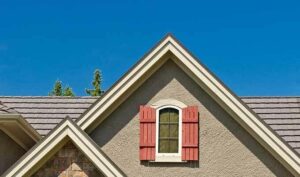 One of the leading causes of roof damage is severe weather. Heavy rain, strong winds, hail, and snow can all weaken roofing materials over time. Wind can lift shingles, allowing moisture to seep underneath, while hail can cause dents and cracks. During winter, snow and ice accumulation can lead to ice dams, which block proper drainage and cause water to back up under the shingles. When these issues arise, Roof damage repair becomes essential to prevent further deterioration and maintain the roof’s integrity.
One of the leading causes of roof damage is severe weather. Heavy rain, strong winds, hail, and snow can all weaken roofing materials over time. Wind can lift shingles, allowing moisture to seep underneath, while hail can cause dents and cracks. During winter, snow and ice accumulation can lead to ice dams, which block proper drainage and cause water to back up under the shingles. When these issues arise, Roof damage repair becomes essential to prevent further deterioration and maintain the roof’s integrity.
To prevent weather-related damage, homeowners should regularly inspect their roofs, especially after storms. Clearing gutters and downspouts ensures proper drainage, reducing the risk of water pooling on the roof. Reinforcing shingles and ensuring they are properly installed can also help roofs withstand strong winds.
Poor Installation and Low-Quality Materials
A roof’s durability depends heavily on the quality of materials used and the expertise of the installation. Poor workmanship can lead to leaks, weak spots, and premature wear. Low-quality materials may not provide adequate protection against harsh weather conditions, increasing the risk of damage.
Choosing experienced and reputable roofing contractors is crucial when installing or repairing a roof. Investing in high-quality materials that are suited for the local climate can also improve longevity. Regular professional inspections help identify early signs of wear and ensure any installation issues are addressed promptly.
Lack of Maintenance
Neglecting regular roof maintenance is another common cause of damage. Over time, dirt, debris, and leaves can accumulate, leading to clogged gutters and drainage issues. Moss and algae growth can also cause deterioration, especially on asphalt shingles. Small cracks and leaks can go unnoticed, leading to extensive water damage and mold growth inside the home.
Routine maintenance can prevent these issues. Homeowners should clean gutters, remove debris, and check for signs of wear at least twice a year. Trimming overhanging tree branches reduces the risk of falling limbs damaging the roof. Scheduling professional roof inspections ensures potential problems are detected and fixed early.
Tree Damage
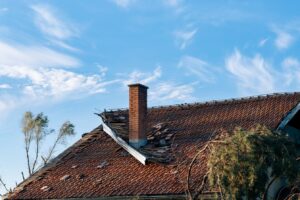 Trees provide shade and aesthetic value to a property, but they can also pose a threat to a roof. Overhanging branches can scrape against shingles, wearing them down over time. During storms, branches or entire trees may fall, causing significant structural damage. Leaves and twigs can also clog gutters, leading to water buildup.
Trees provide shade and aesthetic value to a property, but they can also pose a threat to a roof. Overhanging branches can scrape against shingles, wearing them down over time. During storms, branches or entire trees may fall, causing significant structural damage. Leaves and twigs can also clog gutters, leading to water buildup.
To prevent tree-related damage, homeowners should regularly trim branches that hang over the roof. Removing weak or diseased trees that could fall during storms reduces the risk of severe damage. Choosing appropriate tree species and planting them at a safe distance from the home can also help maintain roof integrity.
Moisture and Water Damage
Excess moisture is one of the most destructive forces for a roof. Leaks, condensation, and standing water can lead to rot, mold, and weakened structural integrity. Damaged or missing shingles allow water to penetrate the underlying layers, increasing the risk of interior damage.
Preventing moisture-related damage requires proper roof ventilation to reduce condensation buildup. Ensuring flashing and seals around vents, chimneys, and skylights are intact helps prevent leaks. Regularly checking for and repairing damaged shingles prevents water from seeping into the roof’s structure.
Animal and Pest Infestation
Birds, rodents, and insects can cause roof damage by nesting in vents, chewing through roofing materials, and creating entry points into the home. Small animals like squirrels and raccoons may tear off shingles or damage insulation in the attic.
Keeping pests away involves sealing any gaps or openings that could serve as entry points. Installing protective mesh over vents and chimneys prevents animals from nesting. Keeping trees and bushes trimmed away from the roof makes it harder for pests to access the home.

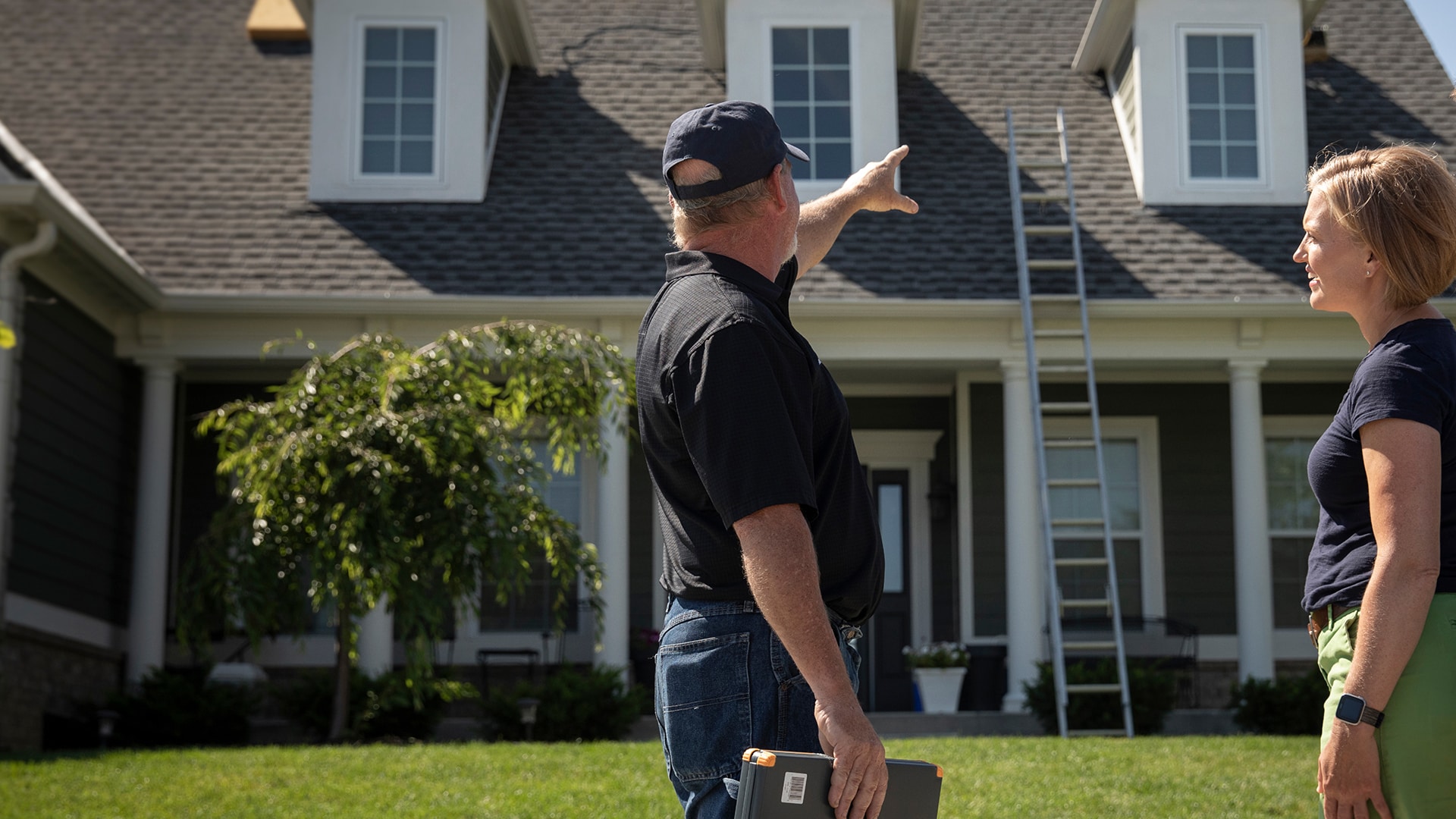
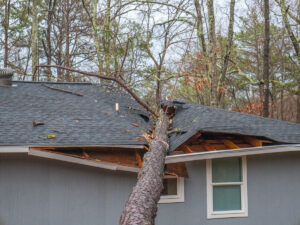 fter a major storm, some contractors, often referred to as “storm chasers,” travel from one disaster-affected area to another, offering quick and cheap repair services. While some may be legitimate, many take advantage of desperate homeowners and provide substandard work before disappearing. Be cautious of contractors who knock on your door unsolicited, demand full payment upfront, or pressure you into immediate decisions. Verify their business location, check their credentials, and ensure they have a proven track record in your local community before hiring them.
fter a major storm, some contractors, often referred to as “storm chasers,” travel from one disaster-affected area to another, offering quick and cheap repair services. While some may be legitimate, many take advantage of desperate homeowners and provide substandard work before disappearing. Be cautious of contractors who knock on your door unsolicited, demand full payment upfront, or pressure you into immediate decisions. Verify their business location, check their credentials, and ensure they have a proven track record in your local community before hiring them.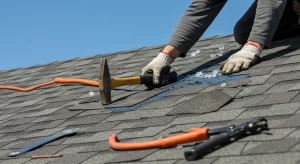 Insurance policies often cover hail damage, but there is typically a limited time frame for filing a claim. Ignoring the damage for too long could result in denied coverage, leaving the entire cost of repairs to the property owner. Additionally, if damage is discovered later and an insurance claim is filed, the provider may argue that negligence contributed to the worsening condition and reduce the payout. Keeping up with timely repairs ensures that insurance claims are processed smoothly and that coverage is maximized.
Insurance policies often cover hail damage, but there is typically a limited time frame for filing a claim. Ignoring the damage for too long could result in denied coverage, leaving the entire cost of repairs to the property owner. Additionally, if damage is discovered later and an insurance claim is filed, the provider may argue that negligence contributed to the worsening condition and reduce the payout. Keeping up with timely repairs ensures that insurance claims are processed smoothly and that coverage is maximized.